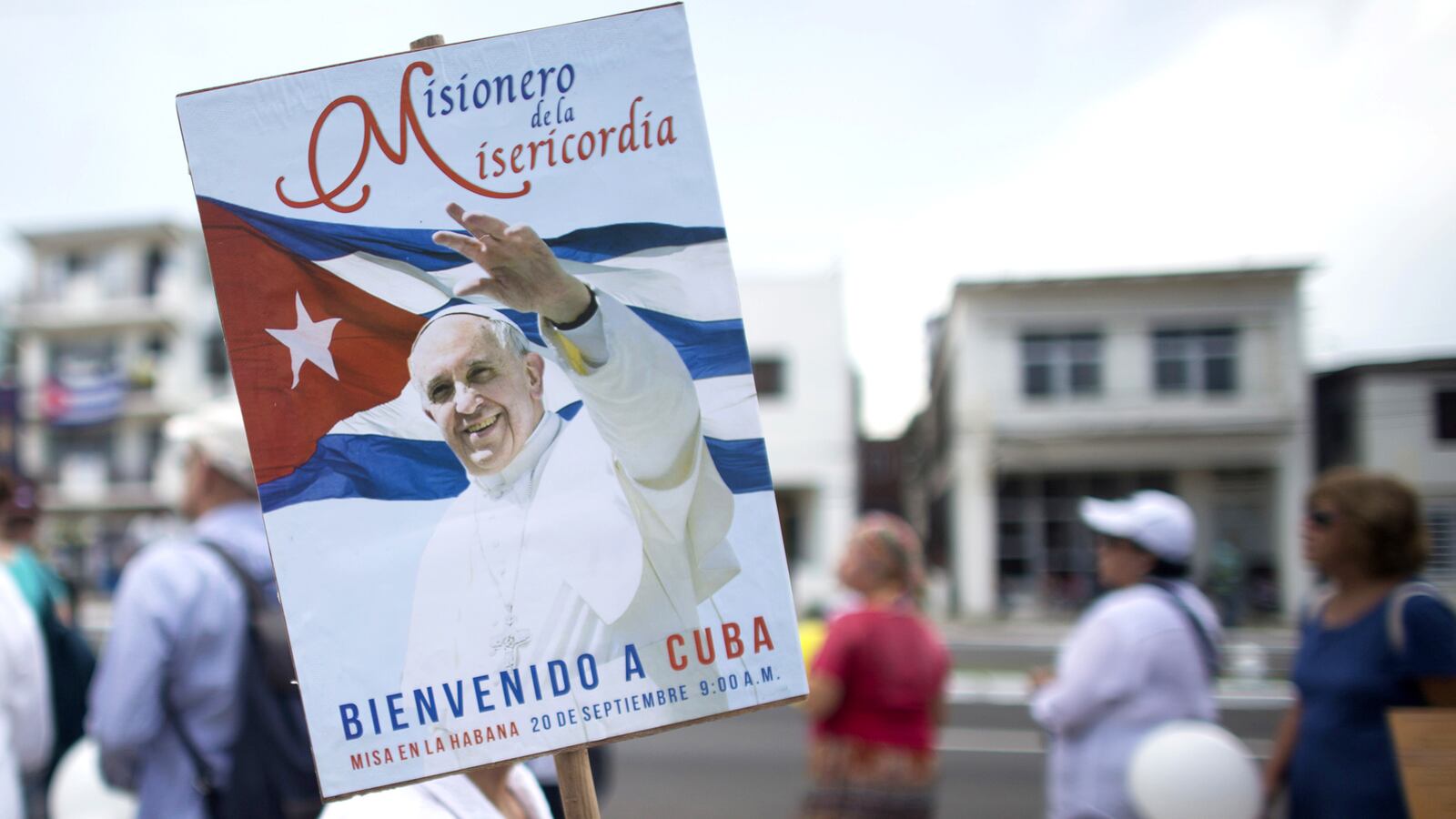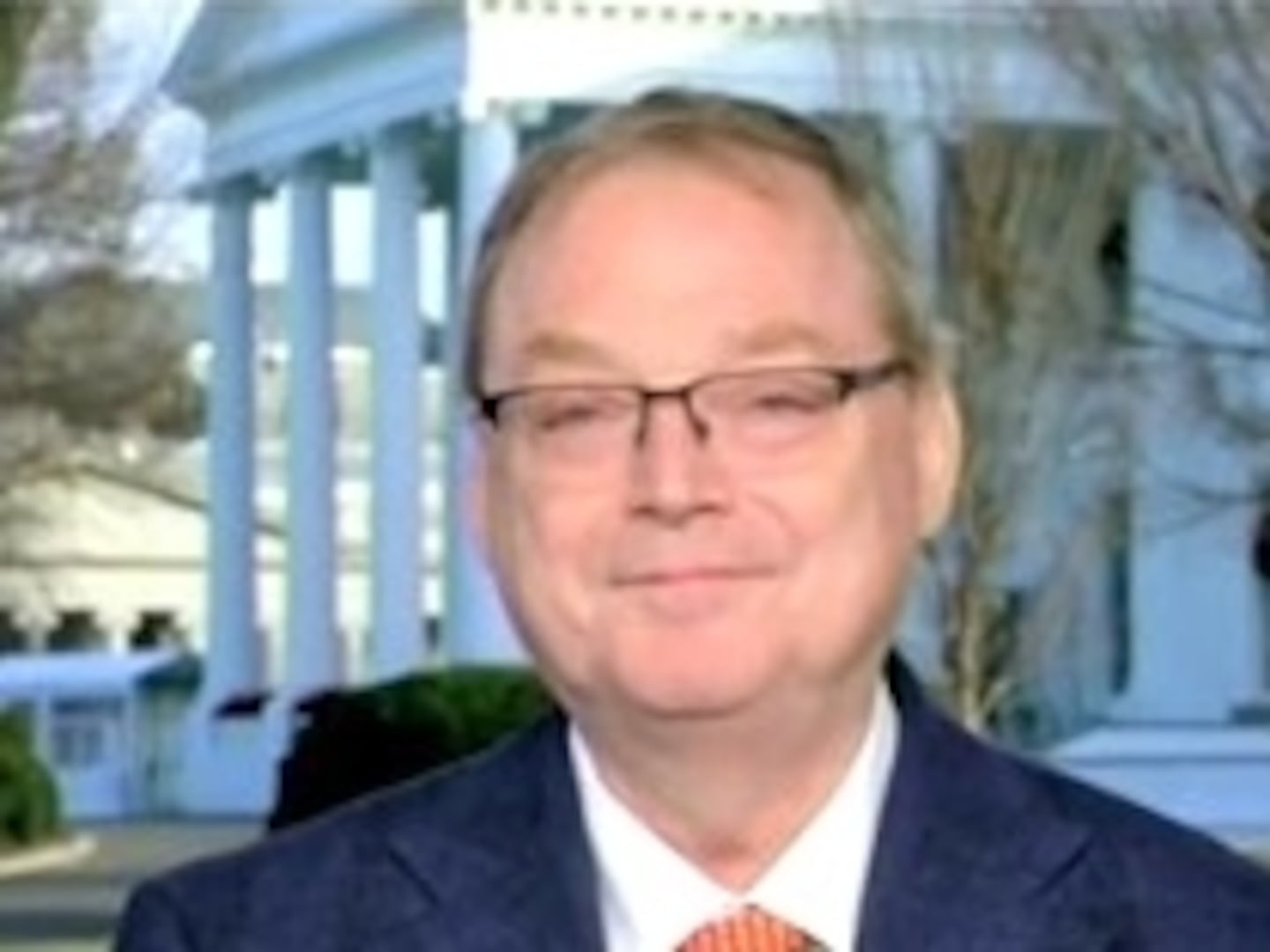HAVANA — Tensions may be thawing between Washington and Havana, but the scars of a bitter relationship that have lasted half a century are still in plain view in the Cuban capital.
The long, narrow plaza in front of the polished-up United States Embassy along Havana’s waterfront boulevard is a case in point, with its hodge podge of anti-American protest symbols. A concrete wall on which the Spanish words for “Homeland or Death” are written in massive letters faces the embassy windows. The official American flag is dwarfed by a much larger Cuban flag that hangs just a few yards away.
The embassy building is visible from the plaza only now, after the removal of the large black flags that used to hang from 138 massive poles erected by Fidel Castro to keep Cubans from seeing a giant ticker that used to broadcast world news in Spanish. With the flags gone, and only the poles standing, the building looks like it’s behind bars. Stranger still, Havana’s famed vultures swoop in large circles overhead.
Pope Francis’s decision to visit Cuba before traveling to the United States may have been meant as a sign of support for the continued reconciliation between the two nations, a process in which the Vatican has played an enormous role. In his speech at Havana’s airport, Francis applauded Cuba and the U.S. “We have witnessed an event which filled us with hope: the process of normalizing relations between two peoples following years of estrangement,” the pontiff said at his welcoming ceremony.
But what’s worrying to many is whether that new relationship the pontiff worked so hard to foster will actually turn Cuba into a capitalist market of the very kind he often rails against. Last year, in a speech in which he called capitalism a “new tyranny,” he warned, “Such an economy kills. How can it be that it is not a news item when an elderly homeless person dies of exposure, but it is news when the stock market loses two points?”
It is hard not to wonder if Cuba will soon fall victim to its own progress, if that is what is to come. Just what the thawing of the relationship with the United States means for everyday Cubans is hard to grasp, but it most certainly starts with dreams of money. If you ask anyone in Havana what they foresee as tensions ease, they will speak in terms of financial freedom and tell you that whatever is coming, it can’t be worse than it has been—and then tell you not to use their name for fear of retaliation.
Some are hopeful, like the hoteliers who envision massive renovations and upgrades when American tourists flock to the island or when commercial cruise ships dock at their ports once again. But when that happens, Havana could become like Venice, a city where such mass tourism can make it impossible to appreciate the city’s charms.
Of course, if that happens, it won’t be overnight. Most hotels here that are still standing are simply stuck in time. The Havana Libre hotel, which used to be the Habana Hilton before Fidel Castro took it over as his headquarters for the Revolution in 1959, is just such a place. The hotel walls are lined with black-and-white framed photos of Castro and his gun-toting men slumped in the lobby chairs and using the suites as offices. Two floors of the hotel housed the Soviet Embassy during the Cuban Missile Crisis, and not so much as the window glass or floor tiles have been replaced. In fact, nothing has much changed since the regime moved out.
Private citizens dream of owning homes, which is a right that was only granted a few years ago when Cuba made it possible for Cubans to buy and sell property. Before that it had to be traded. Now “for sale” signs hang from a few random houses around the city, but real estate agencies are scarce so far. But property developers trying to lure foreign investors to the island are all over the Internet, with some predicting glibly that “Cuba’s next revolution” will be real estate.
One taxi driver, who didn’t want to be named, told The Daily Beast that he remembered the early 1990s when he was 18 and his family lived on one Cuban peso a month. “We had nothing,” he says. “No clothing, no food, no hope. Nothing will ever be as bad as that.”
Yet he worries that an open market in Cuba will destroy his country. “If it comes too quickly, it will ruin people,” he says. “No one knows how to handle wealth here, so people will become addicts, as if money is a drug. No one will know how to handle it.”
There is also a widespread concern that American businesses like McDonald’s and Starbucks will suddenly start popping up across the country, but Europeans actually are the ones rushing in first, says Luigi Marras of the Italian embassy in Cuba.
In fact, on the outskirts of Old Havana, where Spanish hipster bars are starting to line the streets, flagship stores for Benetton, Pepe Jeans and Paul and Shark already are in place. Cubans cannot afford to shop there, of course, but Marras says tourists can. “It is vital to be here before the American invasion,” he says, pointing to a 2014 agreement between Italy and Cuba that makes it easier for Italian businesses to invest. “Italians have increased investment by leaps and bounds in just two years,” he says, “and the French are not far behind, but there will still be plenty left when the Americans arrive.”
Such capitalism is not exactly what Pope Francis has in mind when he talks about cooperation and support for a better life for Cubans. It’s ironic that while he may help alleviate the restraints that have kept Cubans in extreme poverty for five decades, in so doing he may also support the very capitalism he speaks so strongly against.






